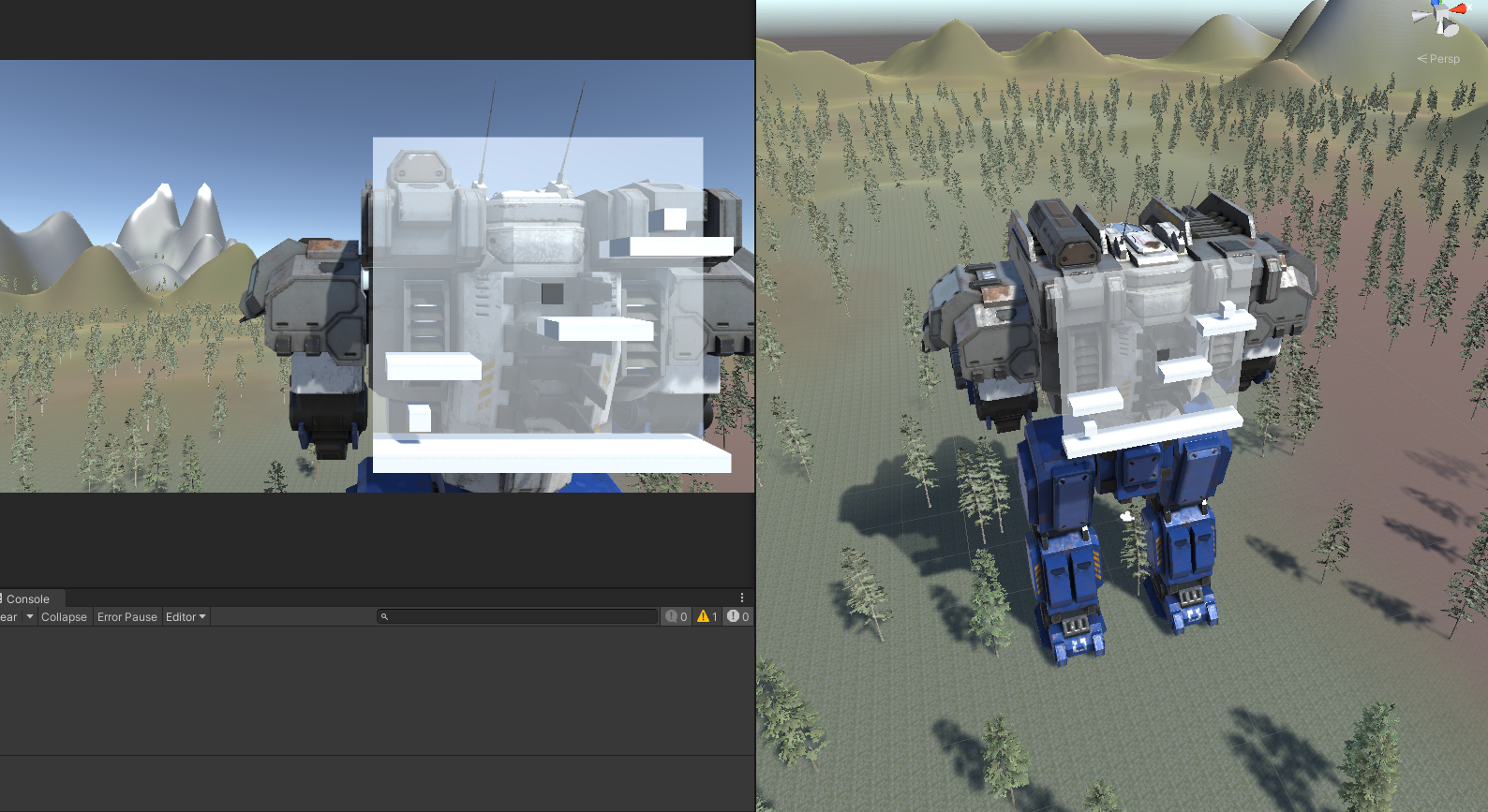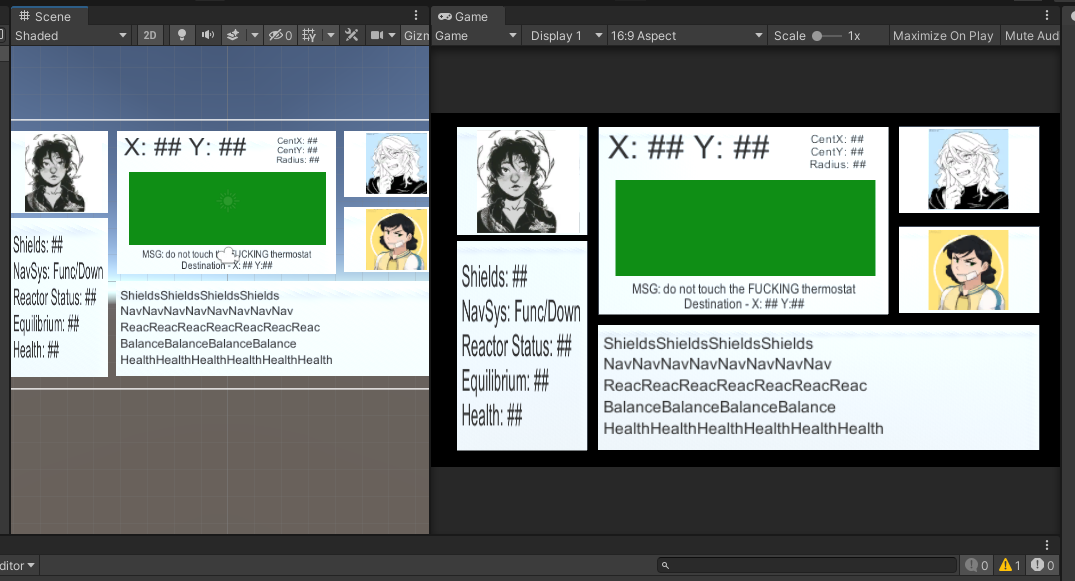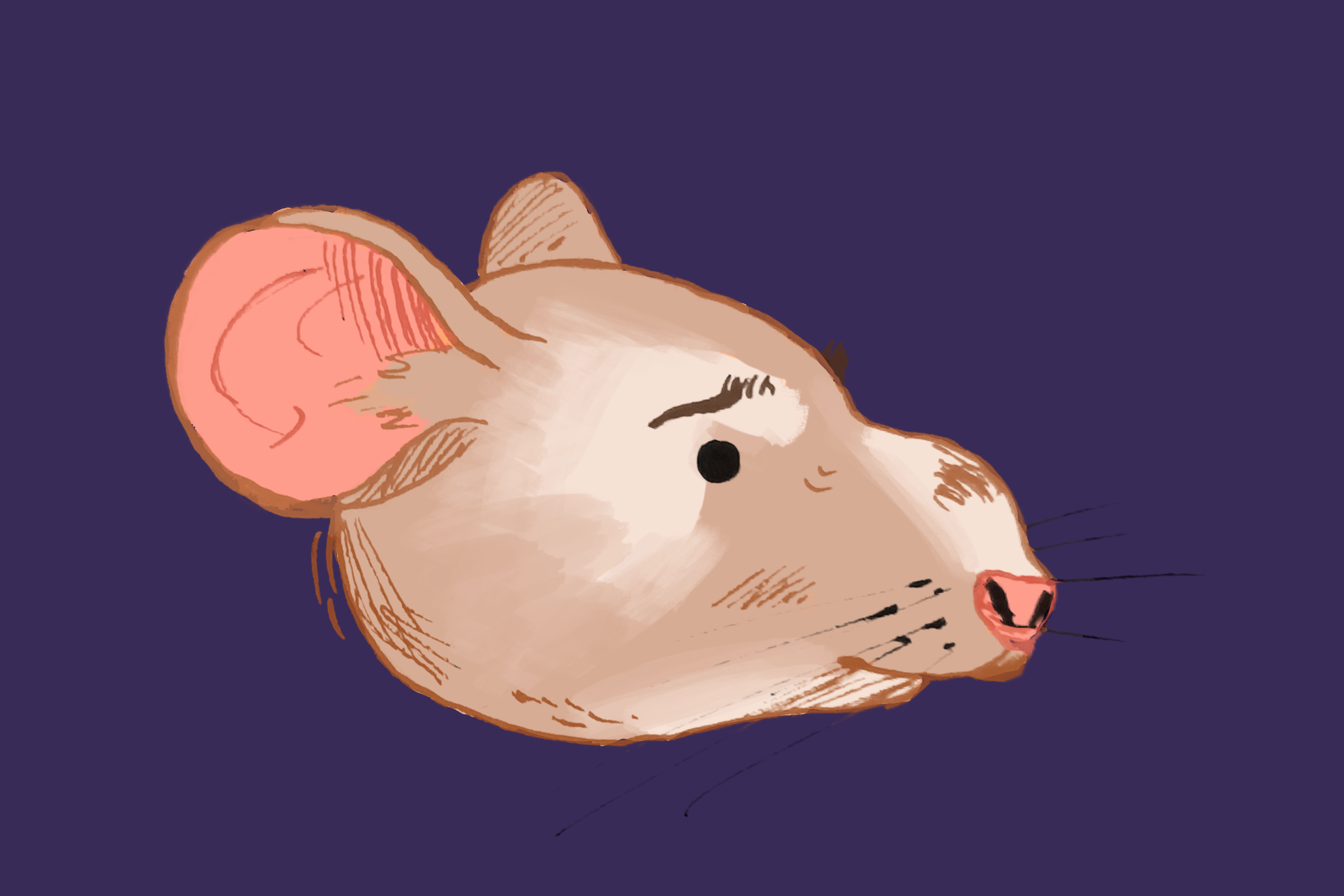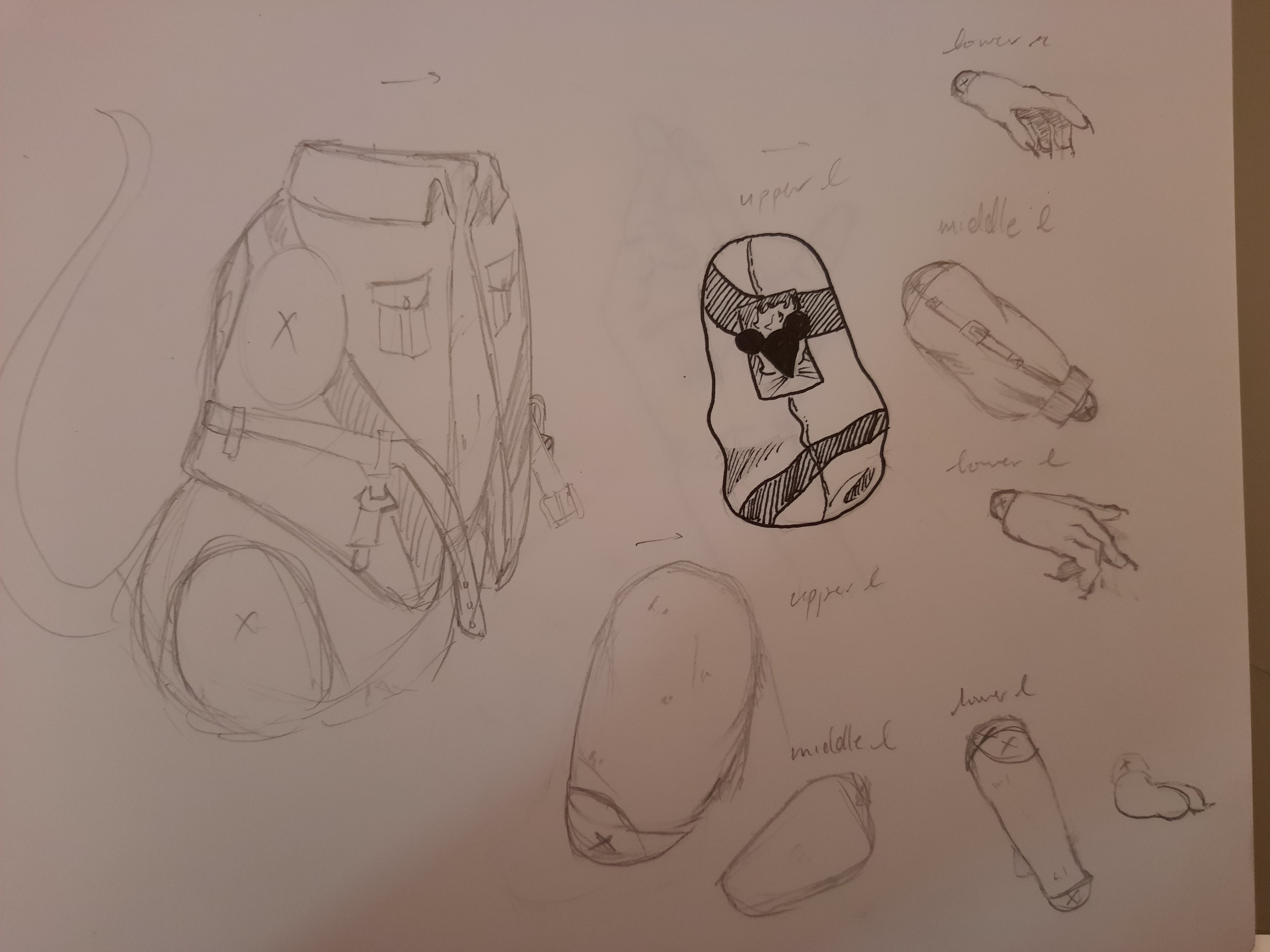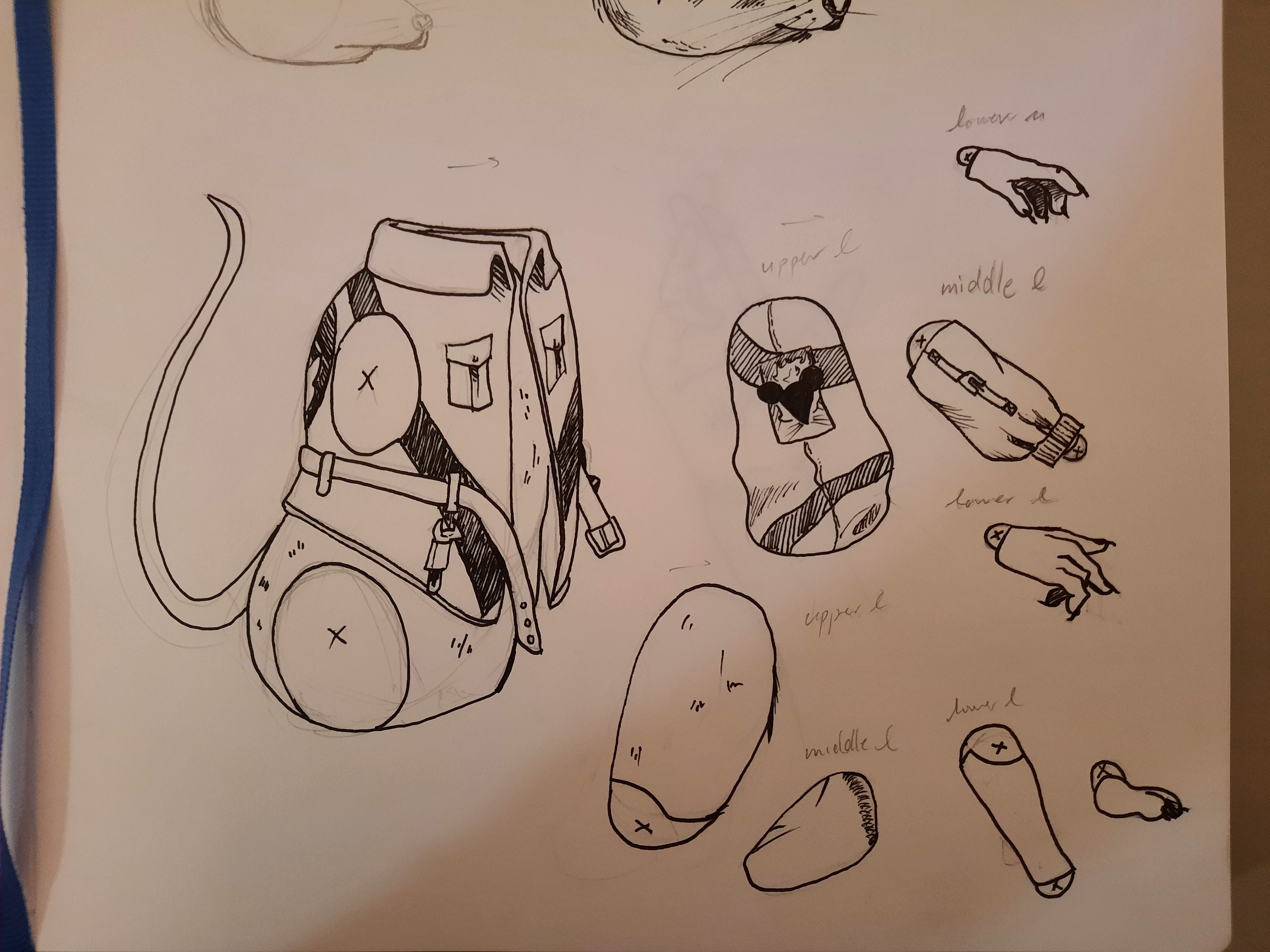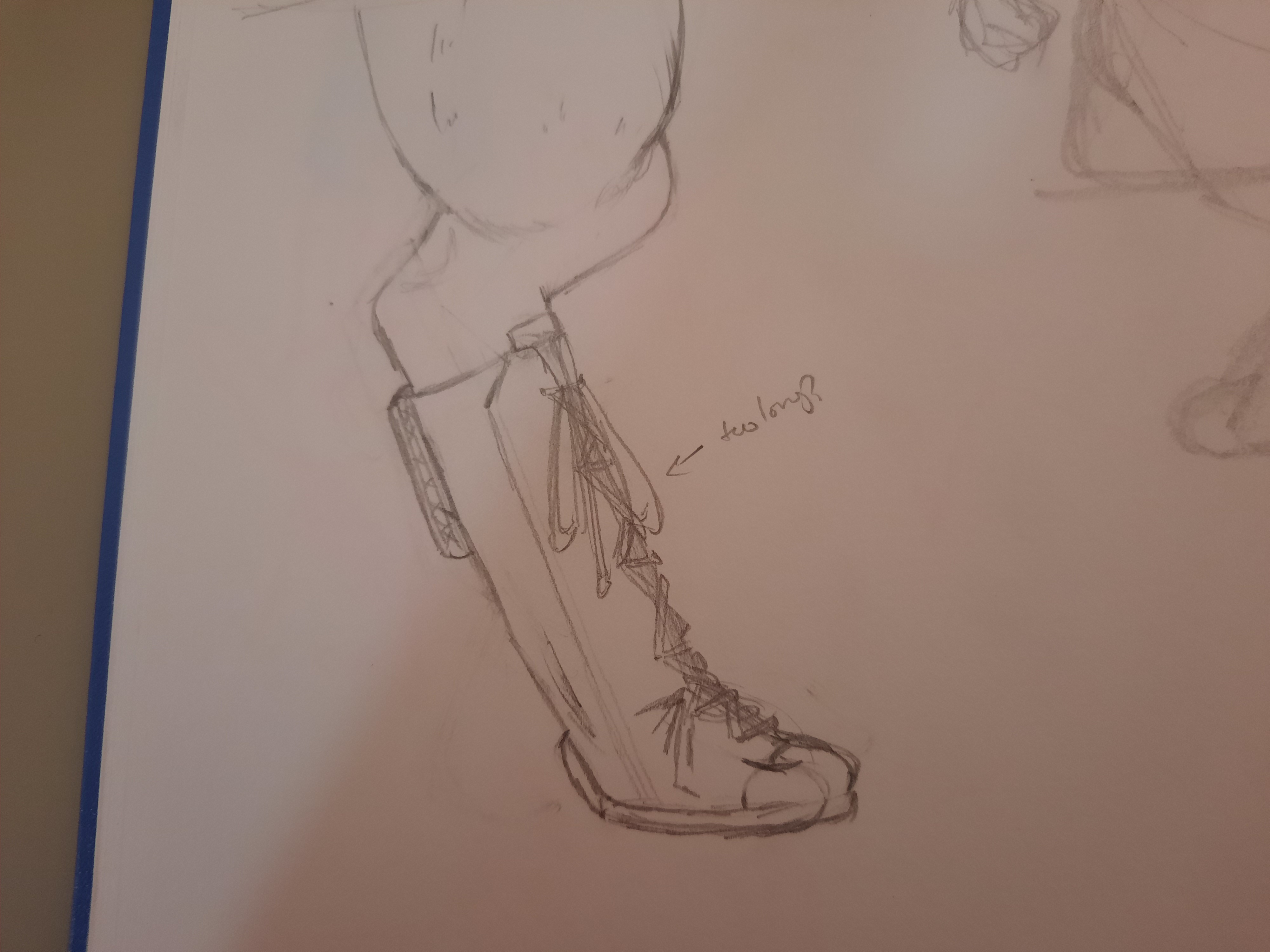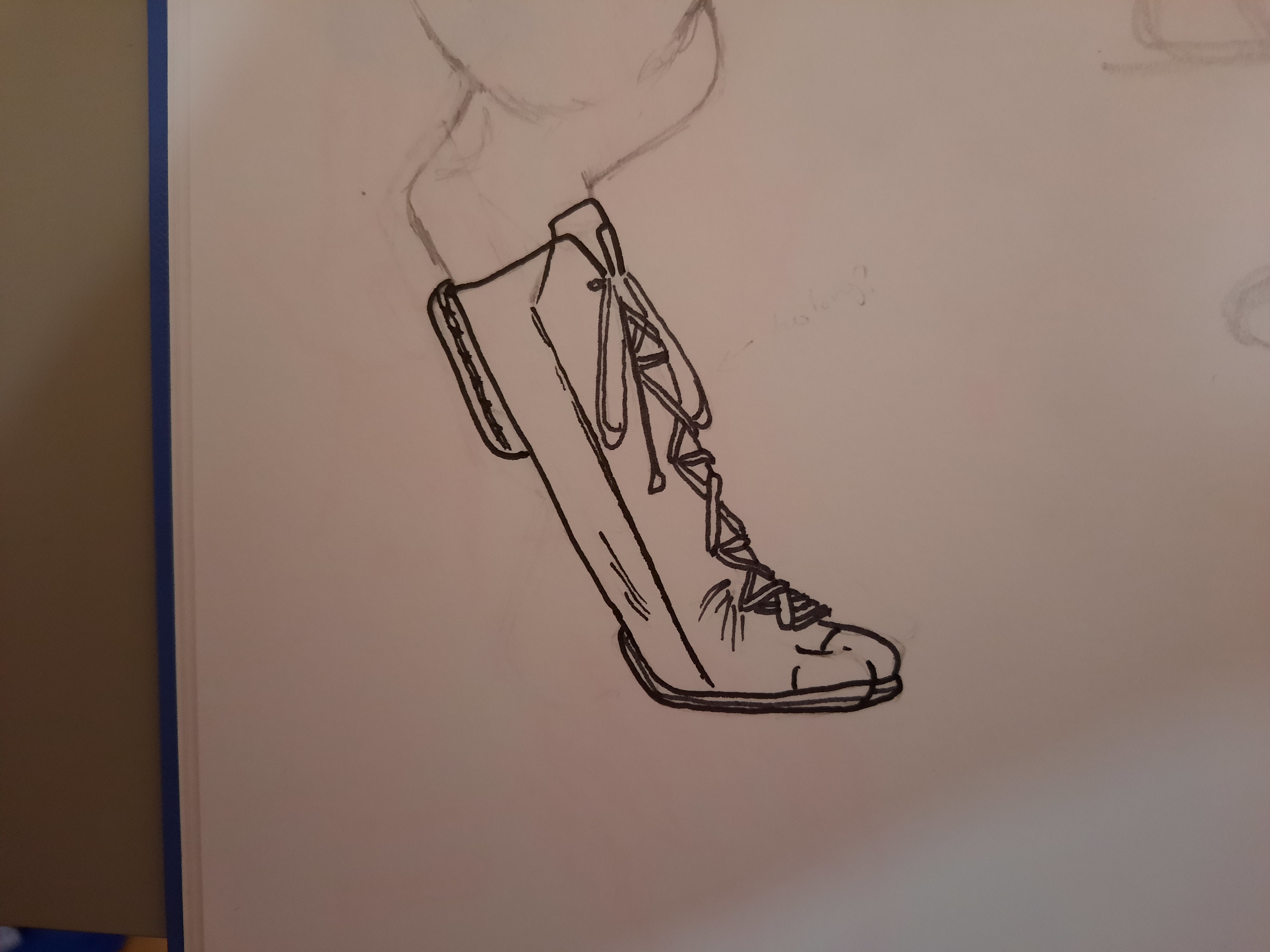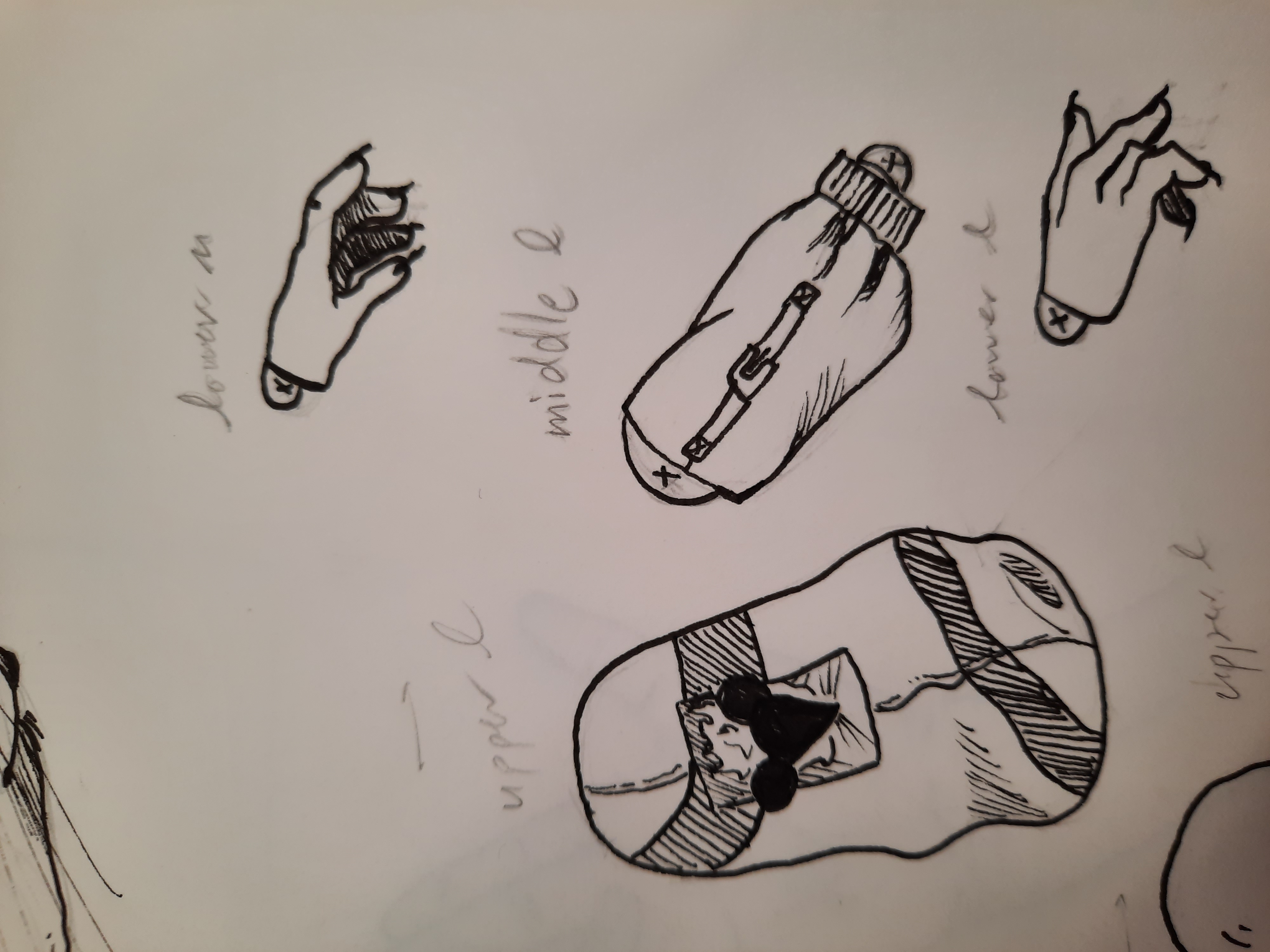Hey yall, this is our devlog for this quarter. I'm Robin, and JC will be posting on here as well. We threw around a bunch of ideas about the self, feelings, the ego, and the viewpoint of both the player and the creator.
Both of us feel like there's a lot of exploration to be done with the point of view of player characters, and how they interact with the world, whether in a positive or negative light, and one of our most prevalent ideas at the moment is a game based around a mouse in a massive mech - we're talking like, 10 times bigger than a tree massive. Evangelion massive. I've assembled here a sort of mood-board with the references we were thinking of when we were drilling deeper into this idea, but we're actually still pretty open to other ideas, just this one is the most developed so far.
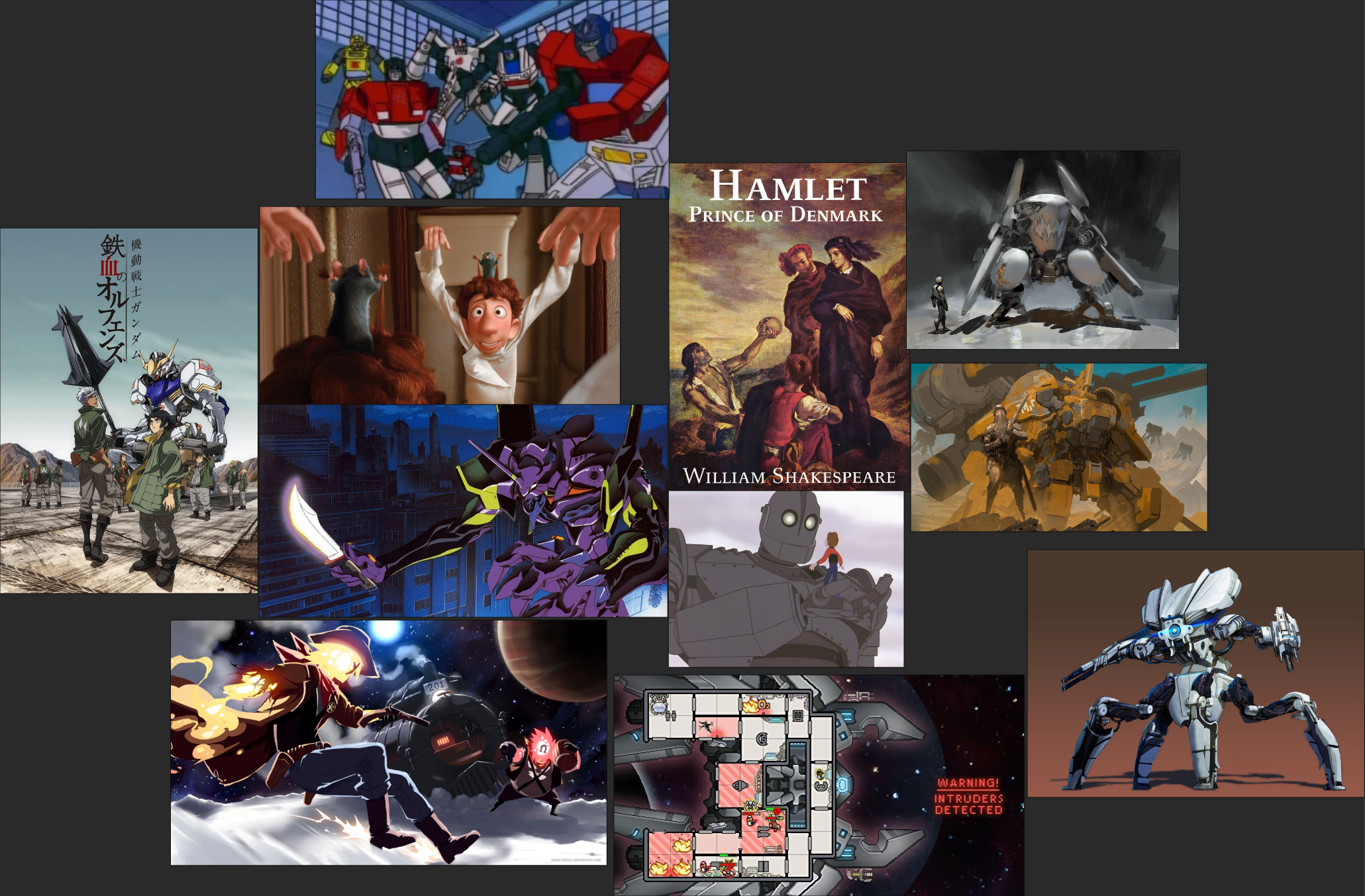
In addition to talking about the mouse in the mech as a standalone concept, we also dipped into the idea of solitude and morality in the context of this game. What happens when you are forced to live your life in isolation, only coming into contact with beings that you can never touch, life outside your own that must be taken to survive? How do you grapple with that moral decision, not knowing whether those people could be reasoned with, or even if they were there at all? Who are you when you're alone, and whose decisions are you making? We thought a lot about who we are as people, and what that means both in and out of context of social life, and how to take that to its extreme in an interesting way. The mouse game also came about through the idea of "Games that make a player feel small" - and we decided that the symbolism of being a mouse accomplishes this. We also thought about the mix of (hyper)realism and mixing that with a super cartoon-ish character and the aesthetic decisions of that.
Lastly, heres the list of the other base concepts that we had throughout our brainstorming sessions:
-Beauty and Sublimity in the mundane
-Finding Magic at 50
-Self-Sabatoging Character
-Townscaper Tactical Game
-Space Strategy Game
-Electric Football (as a base)
Thanks for reading, and we hope to stay with yall throughout the development process.


